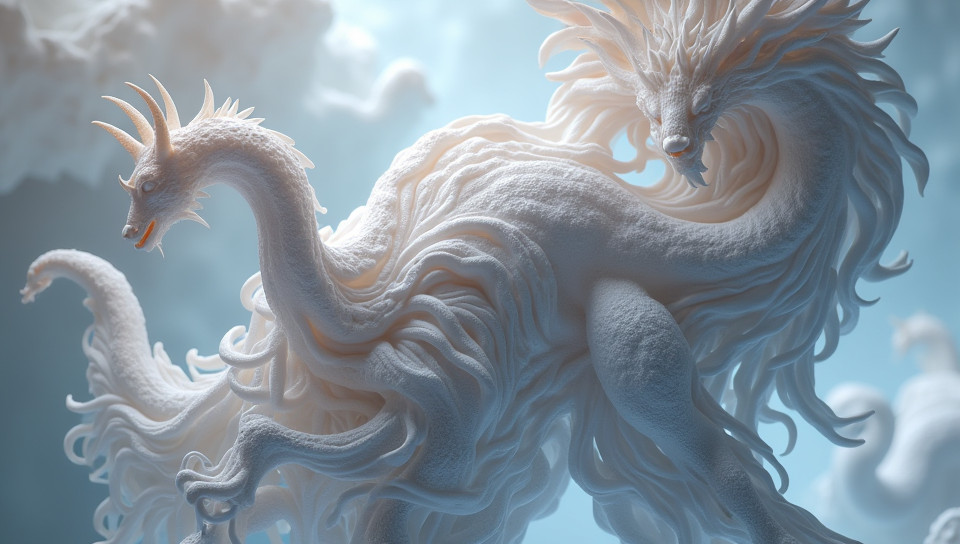Complex geometries are achievable through advanced 3D printing techniques 75%

Unlocking New Frontiers in Additive Manufacturing
In recent years, 3D printing has revolutionized various industries by enabling the rapid creation of complex parts and products. The technology has advanced to the point where it can produce intricate geometries that were previously unimaginable using traditional manufacturing methods. This article delves into the world of advanced 3D printing techniques and how they are making complex geometries a reality.
Understanding Complex Geometries
Complex geometries refer to shapes and structures that cannot be easily manufactured using conventional methods such as machining or molding. These geometries often involve intricate details, curved surfaces, and unusual angles that require specialized equipment and expertise to produce. In the past, manufacturers had to rely on labor-intensive processes like hand-crafting or multiple-stage assembly, which increased production time and costs.
The Rise of Advanced 3D Printing Techniques
Advanced 3D printing techniques have emerged as a game-changer in manufacturing complex geometries. These techniques include: - Stereolithography (SLA) - Selective Laser Sintering (SLS) - Fused Deposition Modeling (FDM) - Binder Jetting Each of these technologies offers unique capabilities and advantages, allowing manufacturers to choose the best approach for their specific needs.
Applications of Complex Geometries
Complex geometries have a wide range of applications across various industries, including: - Aerospace: complex components like satellite parts, engine components, and aircraft structures. - Medical Devices: custom implants, surgical instruments, and prosthetics with intricate designs. - Automotive: aerodynamic components, dashboard trim, and other interior elements.
Conclusion
In conclusion, advanced 3D printing techniques have made it possible to create complex geometries that were previously unimaginable. The capabilities of these technologies are expanding the possibilities for manufacturers, enabling them to produce innovative products with intricate designs. As this technology continues to evolve, we can expect even more groundbreaking applications in various industries, further cementing its place as a driving force behind modern manufacturing.
- Created by: Yuina Chiba
- Created at: Aug. 11, 2024, 9:20 p.m.
- ID: 6799





